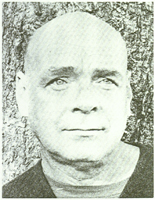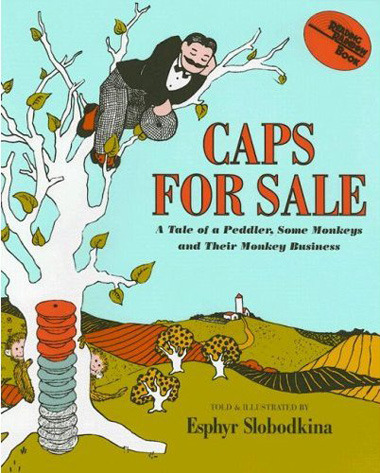Alexander and the Terrible, Horrible, No Good, Very Bad Day
Author: Judith Viorst
Illustrator: Ray Cruz

Genre: Fiction
Ages: 6 and up
Themes: Friendship, Family, School
Summary: Alexander wakes up one morning and everything that can go wrong, does. He is having an awful day and with each thing he does, Alexander's day gets worse.
Pre-Reading Activity: Talk about what makes a good day or a bad day. Make a T chart to list characteristics of each.
Post-Reading Activity: Write the different events from the story on sentences strips. Let students work together to put the sentence strips in the order that they happened in the story. Discuss how all of these events happened over the span of one day.
Reflection: Students will love the humor in this book and will be able to relate to some of the events that happen to Alexander in this story.
About the Author
Judith Viorst

Judith Viorst has written many books for children. One of the books she has written is Just in Case, illustrated by Diana Cain Bluthenthal. She lives with her husband in Washington, D.C.
(www.barnesandnoble.com)
(www.barnesandnoble.com)
.jpg/250px-Harold_and_the_Purple_Crayon_(book).jpg)



































